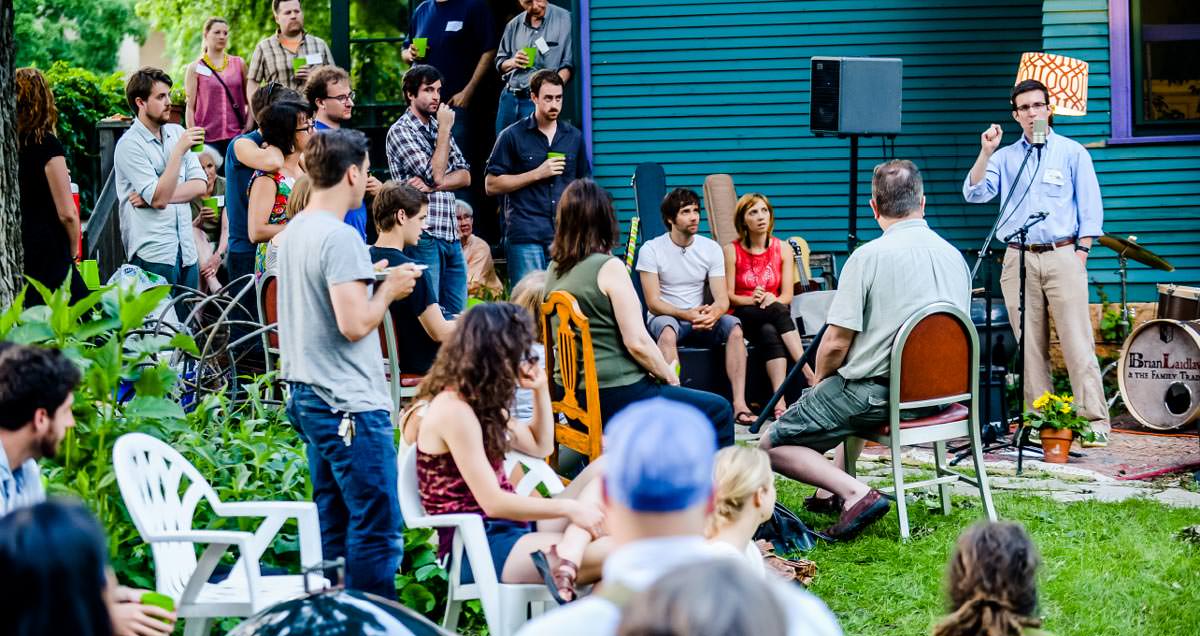A Place at the Table and a Tale of Two Cities
posted: Monday, April 8th, 2013By Emily Torgrimson for Food Bloggers Against Hunger
I’d like to tell you a tale of two cities – Minneapolis, Minnesota, and Belo Horizonte, Brazil.
You might think these cities couldn’t be farther apart, or more different. They are on opposite ends of the world. But, like Minneapolis, Belo Horizonte is the largest city in its state. It has 2.5 million citizens, which is similar to the population of our greater metro area.
And like Minneapolis, Belo Horizonte has its own struggles with poverty and hunger. Twenty years ago, 11 percent of Belo Horizonte’s population lived in absolute poverty. In 2009, 11 percent of Minneapolis residents had incomes below 50% of the poverty level.
But 20 years ago, the government of Belo Horizonte decided to make food a right of citizenship, and it made it the duty of the government to guarantee that right. Food recognized as a basic human right – though that might not sound revolutionary, this led to policies like public restaurants where anyone can eat a healthy meal for less than 50 cents….to free school meal programs…to food banks…publicly supported farmers markets…It also led to cutting their infant mortality rate in half. Almost half of the people in the city benefit directly from this program. And Belo Horizonte is now considered a world pioneer in food security.
Now back to Minneapolis, where hunger is still a growing problem in our community. Hunger in Minnesota has doubled in the past five years. Do you know how many people go hungry in your city, your state? During a typical week, more than 80,000 Minnesotans use emergency hunger relief services. A growing percentage of those seeking emergency hunger relief are children and our neighbors – not just the homeless, unemployed, or those in poverty.
Hunger is a problem we can solve. Stories like that of Belo Horizonte show us that. It’s in our economic and social interest to eliminate it. A recent cost/benefit study found that hunger costs Minnesotans at least 1.2 billion every year – in high healthcare costs and poor education outcomes. Meanwhile, Belo Horizonte’s projects cost $10 million a year, or a penny a day per resident.
What can we do to end hunger?
For a start, we can educate ourselves, by watching A Place at the Table, a new documentary looking at the problem of hunger in America. It asks, How can we ensure that everyone in America can afford enough healthy food?
We can tell Congress that federal nutrition programs are crucial to help hungry children.
We can volunteer at a homeless shelter or a food bank, and and begin to see hunger as our shared problem, not just the problem of individuals.
We can come together as communities to support local organizations working to fight hunger and make healthy food accessible for all. This year, Eat for Equity Minneapolis has supported White Earth Land Recovery Project [one of its many projects brings healthy food to Native elders who have diabetes], and Appetite for Change [bringing families together for healthy cooking classes and gardening].
And then we can move together toward collective solutions. One of the administrators of Belo Horizonte’s Food Security Program said, “I knew we had so much hunger in the world. But what is so upsetting, what I didn’t know when I started this, is it’s so easy. It’s so easy to end it.”
Feeding America and Mathematica (2010) Hunger in America 2010. Accessed March 25, 2012 at http://www.hungerfreemn.org/hunger-in-mn/hunger-statistics/hunger-in-america-study
Lappe, A. (2011). Who Says Food is a Human Right? The Nation, October 3. Accessed March 26, 2012 at http://www.thenation.com/article/163390/who-says-food-human-right
Lappe, F.M. (2009). The City that Ended Hunger. Yes! Magazine, February 13. Accessed March 25, 2012 at http://www.yesmagazine.org/issues/food-for-everyone/the-city-that-ended-hunger
posted in by: eating
